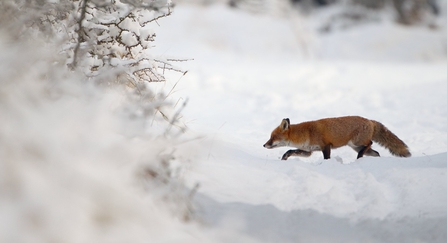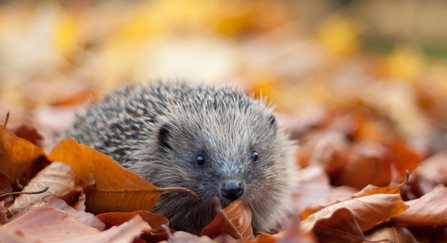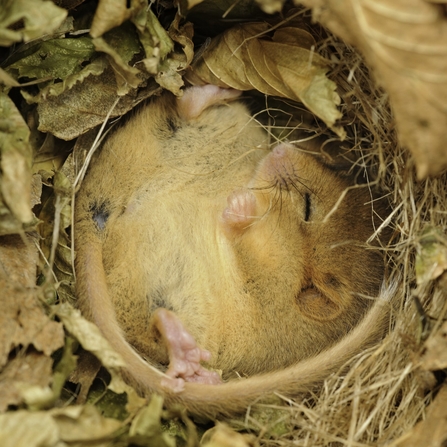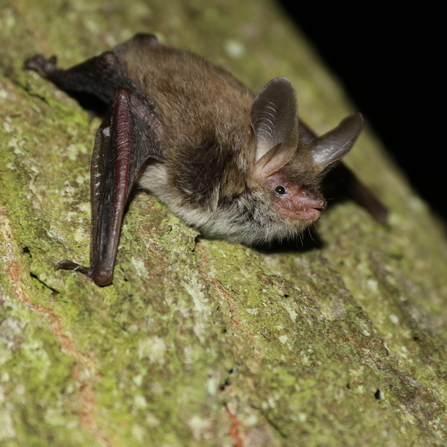Winter is a quiet time for wildlife. It often feels like Mother Nature has gone to sleep. Trees have shed their leaves, no flies and wasps bother us and few birds can be spotted out and about. Everything seems to take a rest and gather strength before the hustle and bustle start again in the spring.
In those long, dark winter months food sources are scarce. Different species have developed different coping mechanisms to survive the cold season. Some avoid the adverse conditions by migrating to warmer climates, like many bird species. Others, such as badgers and foxes, reduce their activity and spend more time in their setts and dens. Some animals go further and spend the winter in hibernation.







